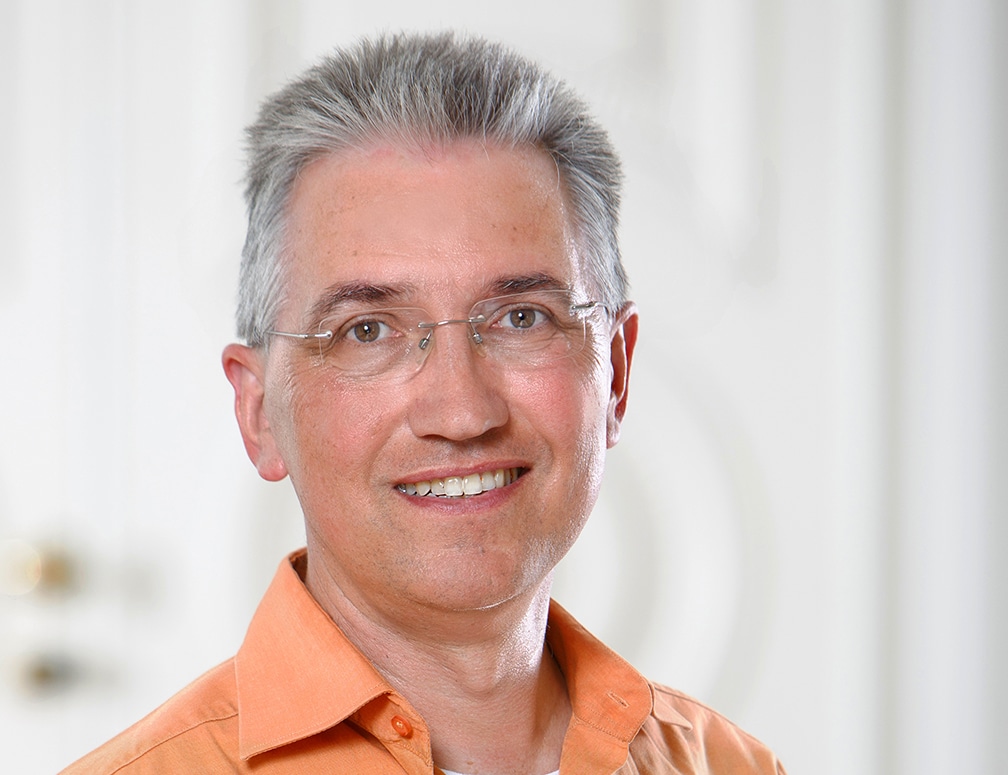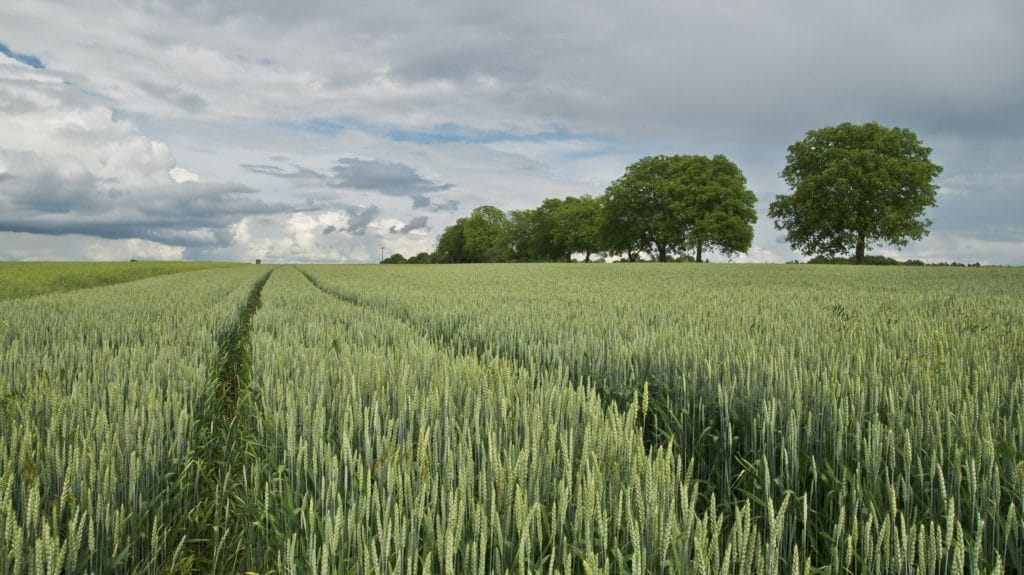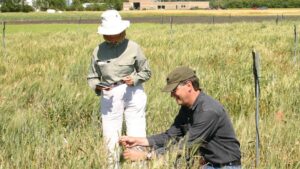For the first time, the Canadian Workshop on Fusarium Head Blight and Canadian Wheat Symposium were held jointly to help advance research and yield new insights.
Thomas Miedaner doesn’t wear a top hat or wave a magic wand, or even consider himself a magician. The scientist from Hohenheim University in Germany specializes in cereals and fusarium, including resistance genetics in rye, triticale and wheat, and using molecular markers to bolster resistance to fusarium head blight.
It’s using these molecular markers that gives breeders new ways to speed up the breeding process and help them get closer to conquering the ravages of fusarium in cereals. Miedaner and his team are working on an experimental approach that allows them to predict which lines of wheat will be resistant to fusarium head blight based on their genetics — a bit like pulling a rabbit out of the proverbial hat.
“Genomic selection makes FHB resistance selection more efficient, because larger populations can be screened in a shorter period,” Miedaner says. “This is a trick that should accelerate breeding in the lab.”
Fusarium head blight is of major concern in the European Union and around the globe due to strict regulations on mycotoxin in cereals grown for human consumption, and for good reason. Throughout history, mycotoxins have caused a host of problems for human beings, including outbreaks of illness and death.
Technology has allowed humans to effectively identify fusarium and keep it out of the food system, especially in developing countries — but the pathogen still causes problems that endanger human health and the pocketbooks of growers.
Tackling fusarium with technology was the focus of the 9th Canadian Workshop on Fusarium Head Blight held in Winnipeg Nov. 19-22, 2018. Chairing the workshop was Tom Gräfenhan, research scientist at the Canadian Grain Commission.

“We’ve been blessed with two years of great conditions, dry weather, low disease pressure on the Prairies. That kept fusarium at bay, so the problem wasn’t as prominent as the 2016 epidemic that we saw,” says Gräefenhan, referring to the year that FHB infections hit a record high on the Prairies. “Because of technological change in general, our tools have opened up new possibilities of collaboration and approaches to scientific questions we haven’t answered previously.”
It was the first time the fusarium workshop was held in conjunction with the Canadian Wheat Symposium, marking its fourth event this year. Chairing that event was Tom Fetch, cereal stem rust researcher at Agriculture and Agri-Food Canada. What excites the fusarium community also excites the wheat community — and vice versa.
“Fusarium particularly has been a problem in our wheat worldwide, so it really works together in a symbiotic way to hold these two conferences together. When it comes to fusarium, wheat producers are the ones who’ve probably suffered the most,” Fetch says.
That hardship is getting support from the international community and people like Miedaner and his European counterpart Hermann Burstmayr, researcher at the University of Natural Resources and Life Sciences in Vienna. Burstmayr delivered the opening plenary talk on Nov. 19 on knowledge-based resistance improvement of wheat against fusarium head blight.

“You can’t just breed for high resistance and forget about quality, for instance, because this will not be accepted by the market. So, you have to think of things always in a package, in a combined overall variety. So, what can we do with genetics? We can basically try to make the plant itself better suited to our conditions — no need to add extra resources. It’s a very efficient way to increase resource efficiency. For all the resources that we add — be it fertilizer, be it a unit of land, be it water — a more productive cultivar, a better-quality cultivar, means it uses the available resources better then inferior cultivars,” he says.
“Genetic improvement in the long run has played a key role in producing enough food and feed for mankind on this planet. If you look at all the other resources that we put in, most of them are from non-renewable resources. Nitrogen fertilizer, basically, is energy. And it gets more expensive and it’s damaging to the environment to some extent, while an improved cultivar is virtually neutral to the environment. In the long run, I think breeding and improvement through genetics will increase in importance relative to other input factors that we use in agriculture.”
But in Canada, that genetic improvement may not happen as expeditiously as needed if more investment, both public and private, can’t be attracted in the cereals sphere. The joint conference had that covered with a session on value creation, which is being discussed right now and, if implemented, will raise additional funds for cereals research through either an end-point royalty model or a trailing royalty applied to grain that farmers divert back to their farming operation for seed use (often referred to as farm-saved seed).













